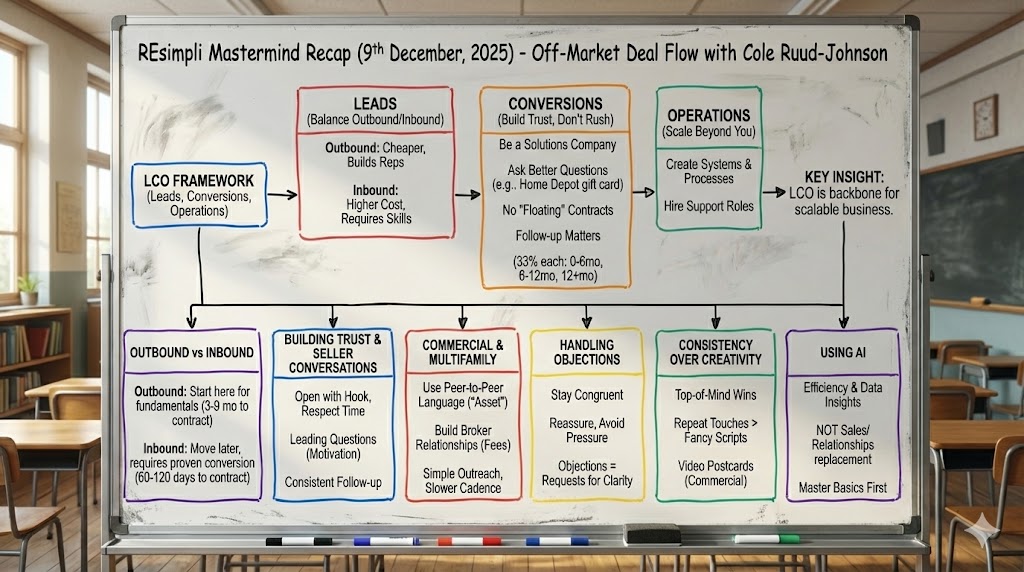3 Crucial Metrics Every Direct Mail Marketer Needs to Know
“You can’t manage what you can’t measure.” ~ W. Edwards Deming
What was the first thing that came to your mind after reading the title?
I bet it was response rate or for some, it could be conversion rate as well. While these two are crucial for measuring the effectiveness of your direct mail campaign, they do not offer you a complete picture. A smart direct mail marketer must go beyond response rate and conversion rate. Our team took the initiative to do the research and found three matrices that you need to follow.
Cost Per Acquisition (CPA)
It’s excellent that you got 15, 50, or even 150 new customers with your latest campaign but how much did you spend to acquire these customers? If you know that cost, you can be more efficient and improve your campaigns in the future.
How to calculate Cost Per Acquisition? Start by adding all the expenses incurred in running the campaign. It will include even the minutest of expenses such as labor involved, ad expense, printing cost, mailing cost, graphic design, and even the copywriting cost if a writer was hired.
Let’s use some figures for this example:
Net cost: $2,000
List size: 10,000
Response rate: 4%
Conversion rate: 20%
With a response rate of 4%, 400 people replied to your direct mail campaign and 80 of them bought your services. So your cost per acquisition is $2,000/80 or $25 per acquisition. Now that you know the cost per acquisition, you can make informed decisions in your next campaign.
Revenue Per Order
So, you acquired at least a dozen new customers from your last campaign, well done! But, how much did each of these customers spend? Generally, every company offers a range of services, and a customer spending $300 is far more valuable than the one spending $50. With the revenue per order figures on your table, you can tweak your future mailers accordingly. For instance, create different lists for repeat orders and design their mailers separately. Another thing you can do is to target more affluent customers and offer better deals such as a dollar amount offer instead of a percentage off. The key here is to improve your net return on investment with every iteration.
Protip: Find out the Lifetime Value of your customer. It can help you target the right audience with the right offers.
Net Return on Investment (ROI)
One of the simplest ways to go out of business is to spend more than you’re making. Luckily, direct mail doesn’t cost that much but still, it is important to bring in more money than you spend. Calculating your net return on investment (ROI) will help you spend your marketing dollars wisely. It is best to calculate ROI of every single campaign and ensure that you improve every single time. In the end, it is all about improving your processes in business. Measuring the results of your direct mail campaign should be a part of your overall business
strategy.
Remember what Henry Mintzberg said, “Strategy is a pattern in a stream of decisions.”

